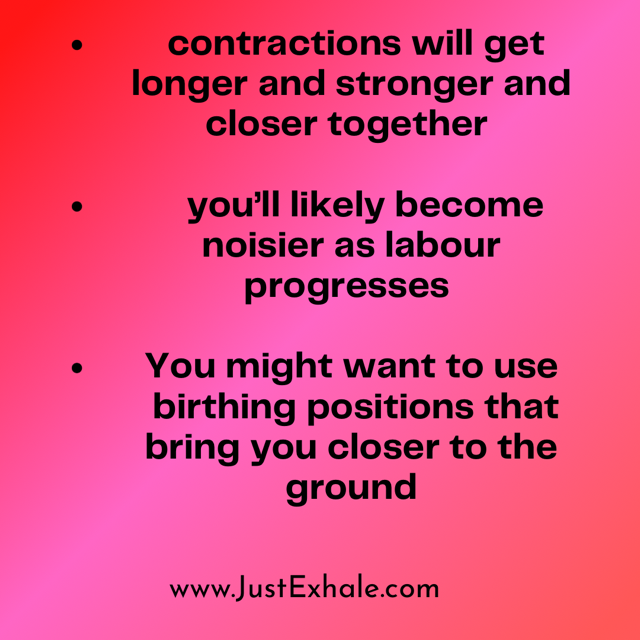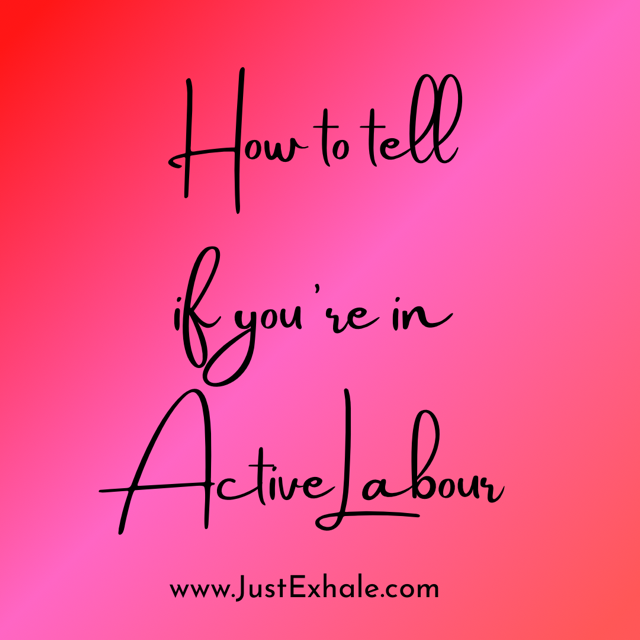How to tell if you’re in active labour without having a vaginal examination?
I’ve said it before and I’ll say it again, your cervix is not a crystal ball, it is only ever a snapshot in time.
As a really good example, with my last baby, I went from being 1cm dilated to giving birth to him and also giving birth to the placenta within 56 minutes. When everything comes into alignment, it can all happen really fast. How and when your cervix opens is completely individual to you.
Knowing how dilated you are in that one moment does not tell you how long your labour will be or when your baby will be born. How dilated you are isn’t especially helpful in most cases as it introduces a ticking clock to the process which isn’t helpful to you.
So there are a number of ways to tell if you’re in active labour:
- Contractions. These will become longer and closer together. Initially, you might find that you’re ok to chat in-between the contractions but you’ll increasingly go much more into your own world, focussing on your breathing and moving as labour becomes more established.
- Noises. The noises that you make are likely to change. I talk about this a lot in my pregnancy yoga and hypnobirthing classes! As you get closer to giving birth to your baby you will likely vocalise your breath as you exhale. You might find that you grunt, groan or even moo like a cow as you start to push and bear down.
- Positions. You might want to adopt different positions for different stages of labour. For the latter stages of labour, you might feel more inclined to come closer to the ground, using positions like all 4’s, kneeling, knee-supported squats, and lunges. You may even see the amazing purple line of dilation or the Rhombus of Michaelis. The purple line is a line that creeps up from the anus to the top of your butt crack, how far up the line comes up indicates where you are in labour. The Rhombus of Michaelis rises as the baby’s head enters the pelvis and presses up against the sacrum as the baby descends downwards an amazing visual showing baby’s progress.
Listening and watching (from a distance) can tell you so much more about the progress of labour than a vaginal examination. Watching the movements, breathing, frequency, and intensity of the contractions, alongside the behaviour, will give you a more clear indication of the progress of where a person is in their birth journey.
Did you experience any of these in your labours? Do you know any other signs of active labour?
For more labour advice, please see JustExhale or my Instagram: Hypnobirthing Pregnancy Yoga (@sallyjustexhale) • Instagram photos and videos


